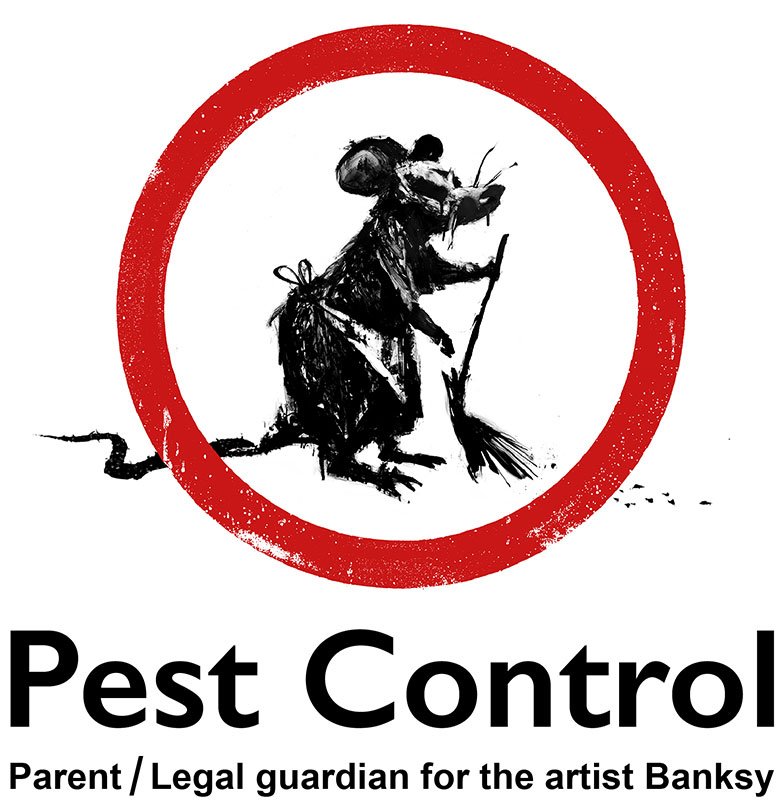A1 Bed Bug Exterminator Charlotte - Specialized Bed Bug Elimination
A1 Bed Bug Exterminator Charlotte - Specialized Bed Bug Elimination
Blog Article
Bed Bug Treatment Failure: Comparing Chemical Vs. Non-Chemical Solutions
In the realm of parasite control, especially when handling the relentless issue of bed pests, the selection between chemical and non-chemical therapy remedies can be a crucial one. Both approaches provide distinct benefits and downsides, affecting variables such as effectiveness, safety and security considerations, and general cost. By examining the nuanced information of each method, a more clear understanding of which path to pursue in dealing with a bed insect invasion can be obtained.
Efficiency of Chemical Treatments
Chemical therapies for bed bug problems have been extensively acknowledged for their rapid and powerful efficacy in getting rid of these insects. When considering the effectiveness of chemical therapies, it is crucial to understand that they can offer a quick and extensive solution to a bed bug trouble.
Additionally, chemical treatments have the benefit of providing recurring results, meaning that they can continue to eliminate bed pests also after the preliminary application. This recurring action is specifically useful in combating any kind of prospective re-infestations. In addition, the fast activity of chemical treatments can bring alleviation to individuals dealing with serious bed insect invasions, enabling them to regain control of their living rooms rapidly.
Safety Worries With Chemical Solutions
One crucial facet that calls for cautious consideration when utilizing chemical services for bed bug therapy is ensuring the safety and security of passengers and the atmosphere. Exposure to certain chemicals used in bed bug treatments can lead to respiratory issues, skin irritability, or other damaging reactions, especially in people with pre-existing problems or sensitivities.
In addition, the environmental effect of chemical solutions is one more significant consideration. Some chemicals made use of in bed bug treatments might be dangerous to useful bugs, wildlife, and environments if they seep into the soil or water systems. It is vital to make use of chemical therapies deliberately, complying with safety guidelines, and considering less hazardous choices to reduce these dangers and guarantee the effective and safe management of bed insect problems.
Advantages of Non-Chemical Approaches
Taking into consideration the prospective safety and security concerns and environmental impact associated with chemical remedies for bed insect treatment, checking out non-chemical techniques offers an appealing option with several distinctive advantages. Non-chemical therapies are ecologically pleasant, as they do not add to air or water pollution, making them a sustainable selection for pest control.
In addition, non-chemical services can be effective in targeting bed bugs, consisting of hard-to-reach locations where chemical treatments might not permeate. Methods such as warm therapy, vacuuming, vapor cleansing, and mattress encasements provide thorough eradication without the usage of unsafe chemicals. In addition, non-chemical strategies can be less disruptive, requiring very little prep work and allowing for quicker reentry into dealt with areas. Generally, choosing non-chemical bed insect treatment approaches not just prioritizes safety and security and environmental management however likewise guarantees reliable and comprehensive insect control.
Limitations of Non-Chemical Treatments

Furthermore, non-chemical therapies commonly call for multiple applications to accomplish effective eradication. This can be time-consuming and might not always assure full elimination of all bed bugs and their eggs, specifically in hard-to-reach or covert places.
Moreover, the success of non-chemical therapies greatly counts on proper execution and thoroughness, which can be testing for individuals without expert expertise. Poor application of non-chemical methods may cause incomplete elimination, bring about relentless infestations and the demand for extra treatments.
Consequently, while non-chemical therapies have their benefits, it is vital to recognize these constraints and consider them when determining one of the most effective method for managing bed bug infestations.
Price Contrast: Chemical Vs. Non-Chemical Options
Provided the restrictions related to non-chemical therapies, an essential facet to assess in the context of bed bug management is the price contrast in between chemical and non-chemical choices. Chemical treatments generally involve the application of insecticides by professionals, which can range from $250 to $900 per area, relying on the extent of the invasion bed bugs and the size of the area to be treated. In contrast, non-chemical therapies like warm therapy or heavy steam can be much more expensive, with costs ranging from $1,000 to $6,000 for a whole home. While the preliminary cost of chemical treatments might appear reduced, numerous therapies might be required to completely get rid of the problem, potentially enhancing the total cost. On the various other hand, non-chemical alternatives may supply a more eco-friendly and sustainable solution, although they can be cost-prohibitive for some individuals. Inevitably, when thinking about the cost of bed pest treatment alternatives, it is this post very important to consider the upfront expenditures versus the effectiveness and long-term sustainability of the picked approach.
Final Thought

Considering the potential safety and security worries and ecological impact associated with chemical services for bed pest therapy, exploring non-chemical techniques offers a promising option with several distinct benefits.Given the limitations associated with non-chemical treatments, a vital element to review in the context of bed insect monitoring is the expense contrast between chemical and non-chemical choices. In comparison, non-chemical therapies like warm therapy or steam can be extra costly, with costs varying from $1,000 to $6,000 for an entire home. While the first cost of chemical treatments might appear lower, multiple treatments might be needed to totally eradicate the invasion, possibly enhancing the overall cost.In final thought, when contrasting chemical and non-chemical bed bug therapy choices, it is crucial to consider effectiveness, security, advantages, restrictions, and expense.
Report this page